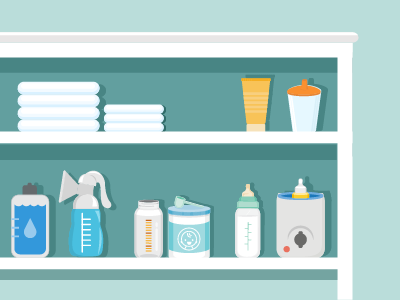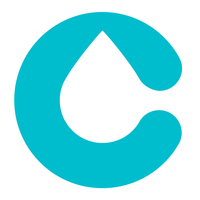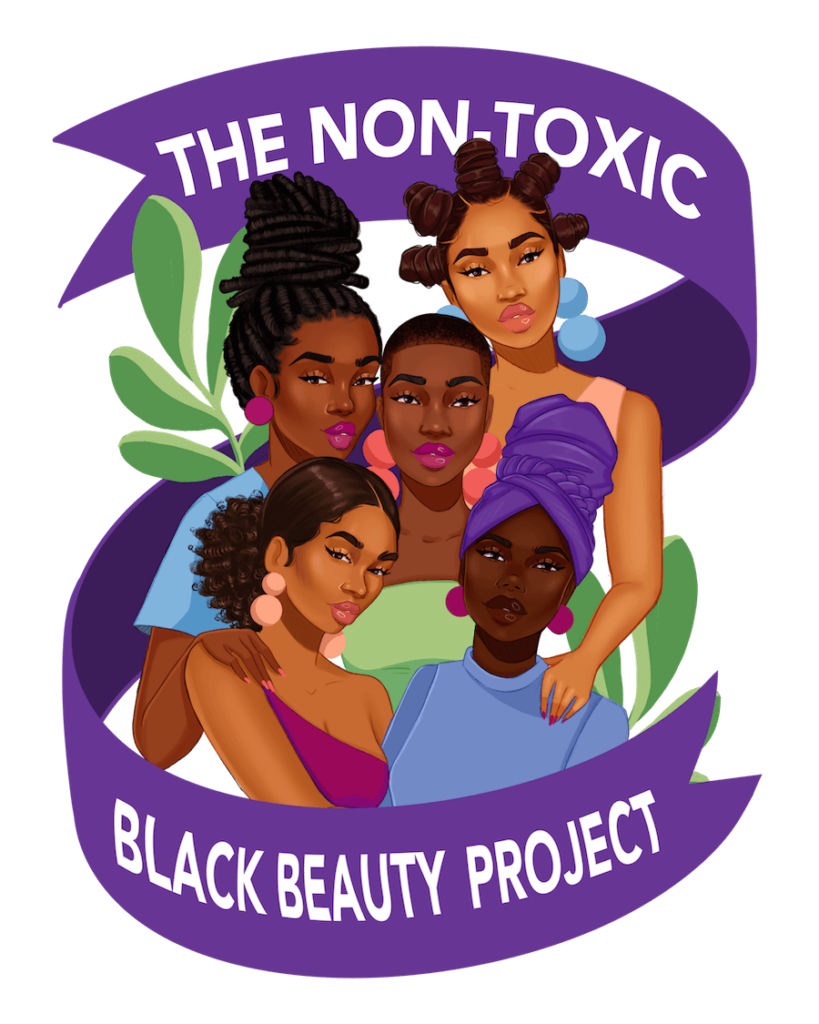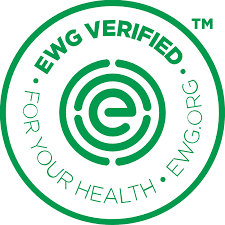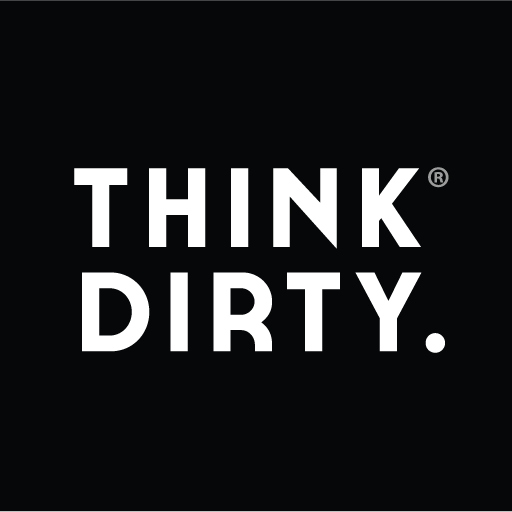Breast milk is truly nature’s perfect food for infants. If you are able, breastfeed for at least six months (ideally a year or longer). In our industrialized world, mothers can transfer toxic chemicals in their bodies to their infants through breastfeeding, though the benefits of breastfeeding still far outweigh the possible health impacts of these contaminants.
If you need to use infant formula–or just choose to do so–for whatever reasons, you will want something that most closely resembles breast milk without high sugar content or harmful synthetic chemical additives. It’s best to ask your pediatrician for recommendations based on your child’s specific needs, but here are some considerations.
What To Avoid

Heavy metals:Heavy metals, such as Arsenic and cadmium, are found in some formulas on the market. Heavy metals can be Carcinogenic and may harm the developing nervous system.

Soy-based:Soy-based formulas can contain high levels of Manganese, which has the potential to impact brain development. That said, some infants can’t tolerate other types of formula so soy may be the best for your infant. Your pediatrician can help you decide.

Palm oil:Palm oil and palm olein, which are often added to replicate the good fatty content in breast milk, may inhibit the absorption of calcium and make stools harder. Also, the way palm oil is harvested can be environmentally detrimental.

Sweeteners:Certain added sweeteners pose problems: corn syrup solids (shown to boost glycemic index higher than is healthy for infants), brown rice syrup (which may contain high levels of Arsenic), and maltodextrin (made from rice, corn, or potatoes and used as a substitute for the more expensive sweetener, lactose. Note that for lactose-intolerant infants, maltodextrin is considered a better substitute than other added sweeteners. Again, best to ask your pediatrician.
Safer Choices

Do your best:Most importantly, remember that there are many complex factors that influence your child’s health and development. When you feed your infant, simply do the very best you can without stressing yourself out. Babies are remarkably resilient and giving them your love and attention is the cornerstone of their wellbeing.
Find Safer Products
Websites and Apps:
Clearya
Clearya is a free browser extension and app that notifies you when there are unsafe ingredients in your makeup, personal care, baby care, cleaning and other products, and helps you find safe products.
Clearya is a free browser extension and app that notifies you when there are unsafe ingredients in your makeup, personal care, baby care, cleaning and other products, and helps you find safe products.
Campaign for Safe Cosmetics - Nontoxic Black Beauty Project
They offer a list and database of non-toxic beauty products made and sold by Black-owned companies that are committed to toxic-free beauty and personal care products.
They offer a list and database of non-toxic beauty products made and sold by Black-owned companies that are committed to toxic-free beauty and personal care products.
Detox Me
This app allows you to scan barcodes on products to find relevant tips. They also offer a buying guide to decode product labels and find non-toxic alternatives.
This app allows you to scan barcodes on products to find relevant tips. They also offer a buying guide to decode product labels and find non-toxic alternatives.
Environmental Working Group (EWG)
EWG has a "Skin Deep" database that rates personal care and beauty products based on their safety and toxicity levels. EWG also offers a Healthy Living app that allows you to scan barcodes and find safer products.
EWG has a "Skin Deep" database that rates personal care and beauty products based on their safety and toxicity levels. EWG also offers a Healthy Living app that allows you to scan barcodes and find safer products.
Think Dirty
This app and website allow you to scan or search for personal care products to see their ingredient safety ratings.
This app and website allow you to scan or search for personal care products to see their ingredient safety ratings.
